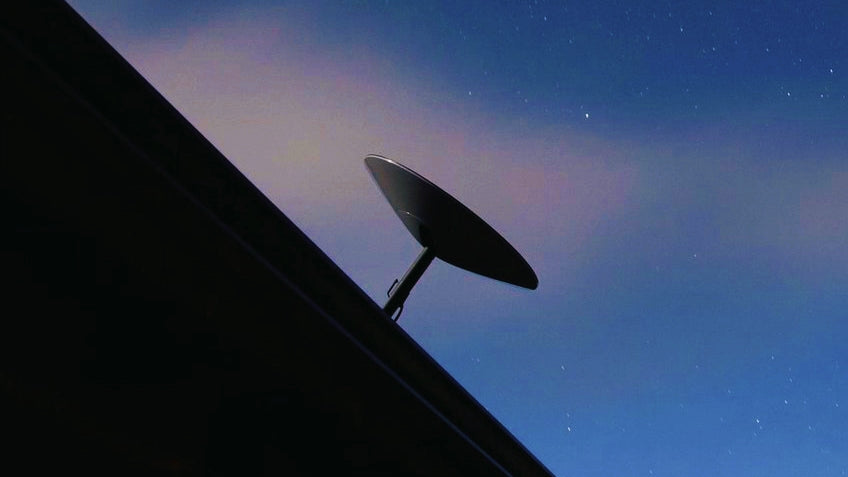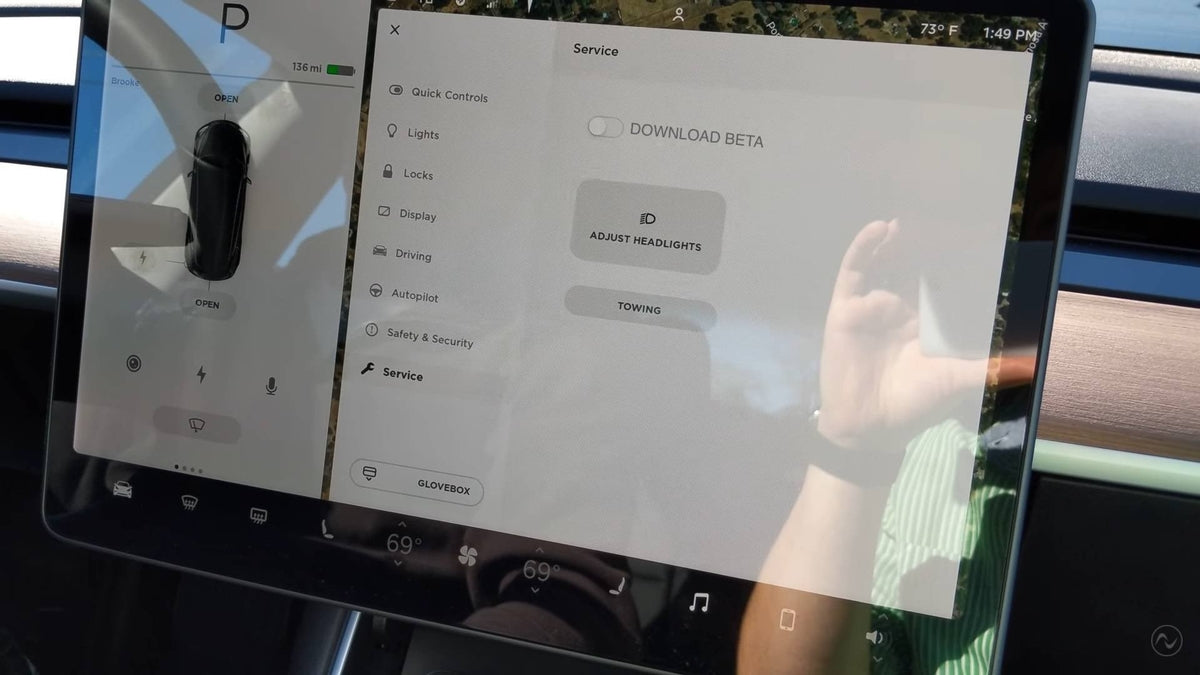SpaceX’s Starlink broadband satellite constellation is already providing Beta internet service to over 100,000 customers across 14 countries. The company currently operates a fleet of approximately 1,797 Starlink satellites in space out of over 20,000 that will be deployed in the years to come. On September 17, SpaceX founder Elon Musk said that Starlink internet service will come out of Beta mode “Next month.”
The initial Beta service rolled out in October 2020, it is officially called “Better Than Nothing Beta.” SpaceX told customers who pre-ordered the service that during Beta, internet download speeds would range from 50Mbps to 150Mbps (megabits per second) and latency from 20ms to 40ms (milliseconds). SpaceX also told Beta users that “there will also be brief periods of no connectivity at all.”
Now, the company has enough satellites in low Earth orbit to provide better quality service to more customers. For the past six months or so, Starlink Beta users have shared their internet experience via social media – some users have experienced high-speed internet of over 150Mbps. Musk said earlier this year that speeds would double by the end of 2021, stating that their goal is to provide internet service with download speeds of around 300Mbps and low-latency of 20ms. Some Starlink Beta users already report experiencing high-speed internet over 250Mbps.
Next month
— Elon Musk (@elonmusk) September 17, 2021
SpaceX said in May that “over half a million people have placed an order or put down a deposit for Starlink.” The company is still accepting service pre-orders through its official website Starlink.com on a ‘first-come, first-served’ basis. Musk said in May that the company will “most likely” have enough bandwidth to provide service to the first 500,000 users who pre-ordered, but that SpaceX will face a potential “challenge when we get into the several million user range,” he said. However, as SpaceX launches more internet-beaming satellites to orbit they will be capable of serving millions of users globally. The company already has permission to operate 1 million Starlink user terminals in the United States and submitted a request with the U.S. Federal Communications Commission (FCC) to operate up to 5 million Starlink more user antennas that receive data from the satellites in space.
SpaceX says it is building the world’s most advanced internet system and already started to upgrade its satellite constellation. On September 13, the company launched the first fleet of 51 Starlink satellites that feature inter-satellite communication laser links that do enable the satellites to receive data from one another without directly connecting to Starlink data center ground stations. The satellites are equipped with lasers that enable each to communicate with one another to transfer data at a much faster rate because light carrying information travels faster in the vacuum of space than through fiber-optic cables on the ground. The first fleet of satellites equipped with lasers could be operational within 4 to 6 months. These satellites will enable SpaceX to provide reliable internet access to remote Polar regions, including Alaska. Long-term, the company aims to deploy all satellites with laser links to connect rural communities globally to the world wide web. Read more: SpaceX’s First West Coast Starlink Mission Launches 51 Starlink Satellites With 'Space Lasers'
SpaceX’s First West Coast Starlink Mission Launches 51 Starlink Satellites With 'Space Lasers'https://t.co/F5W7hXBQzP
— Tesmanian.com (@Tesmanian_com) September 14, 2021

Featured Image Source: SpaceX








